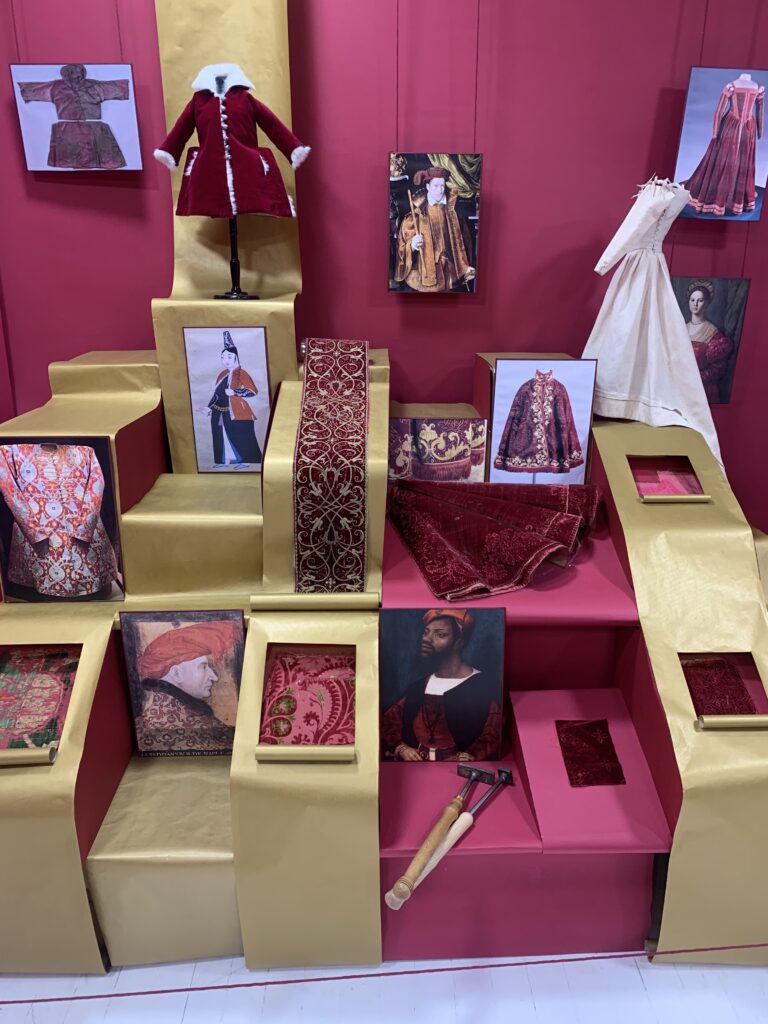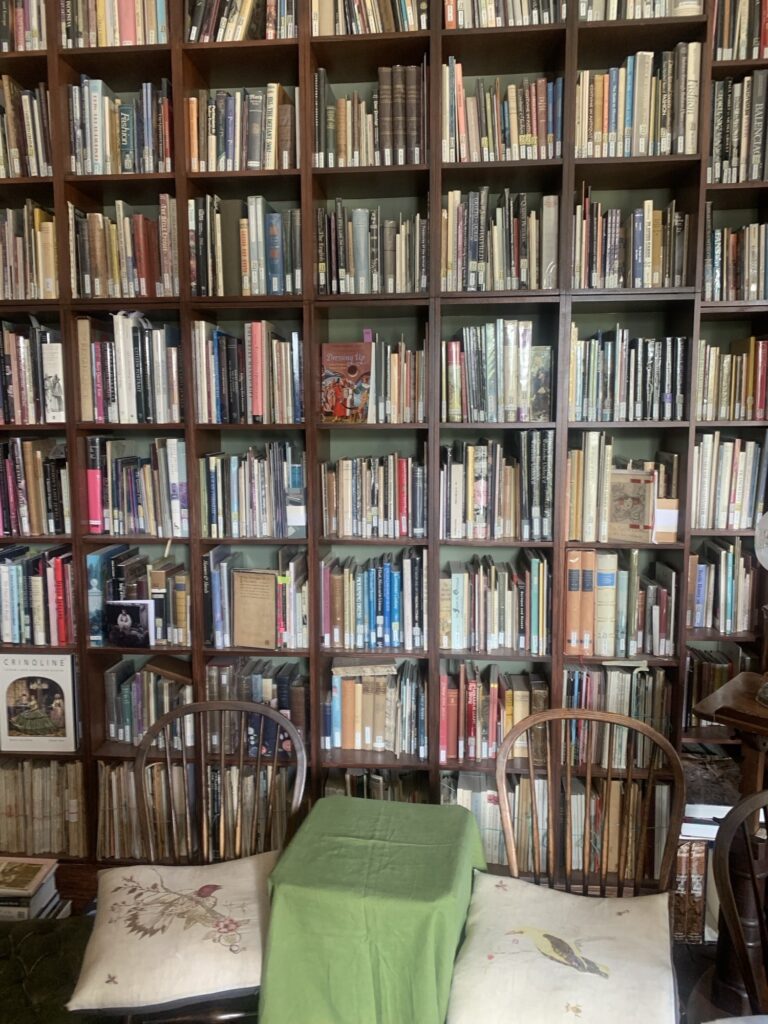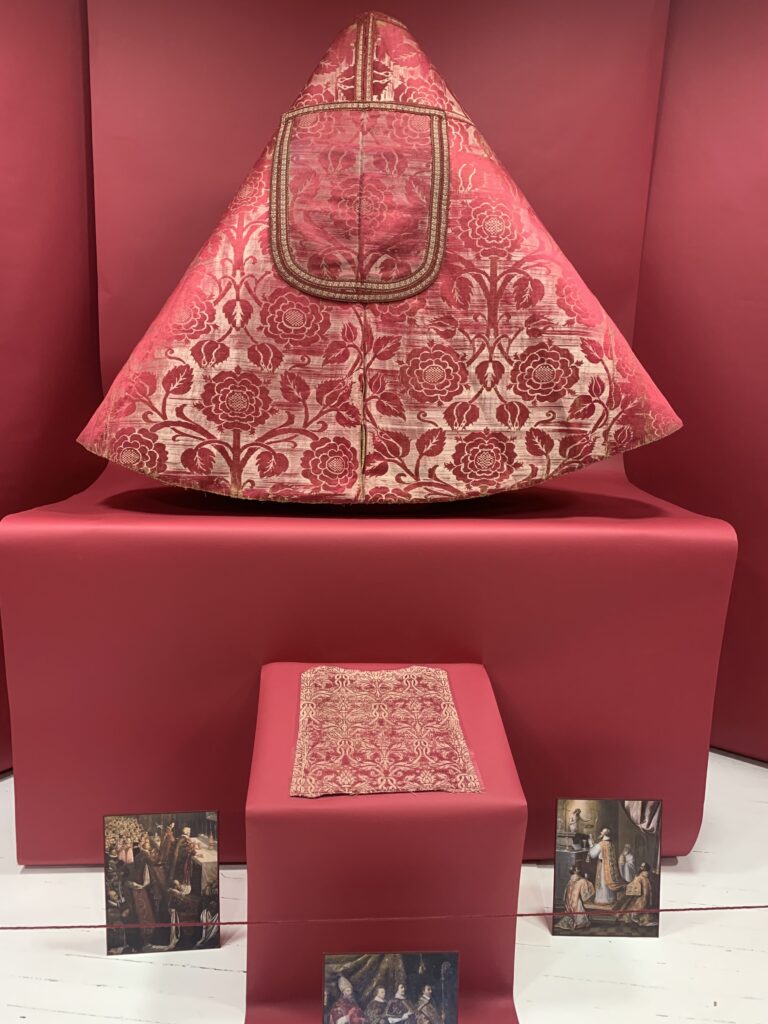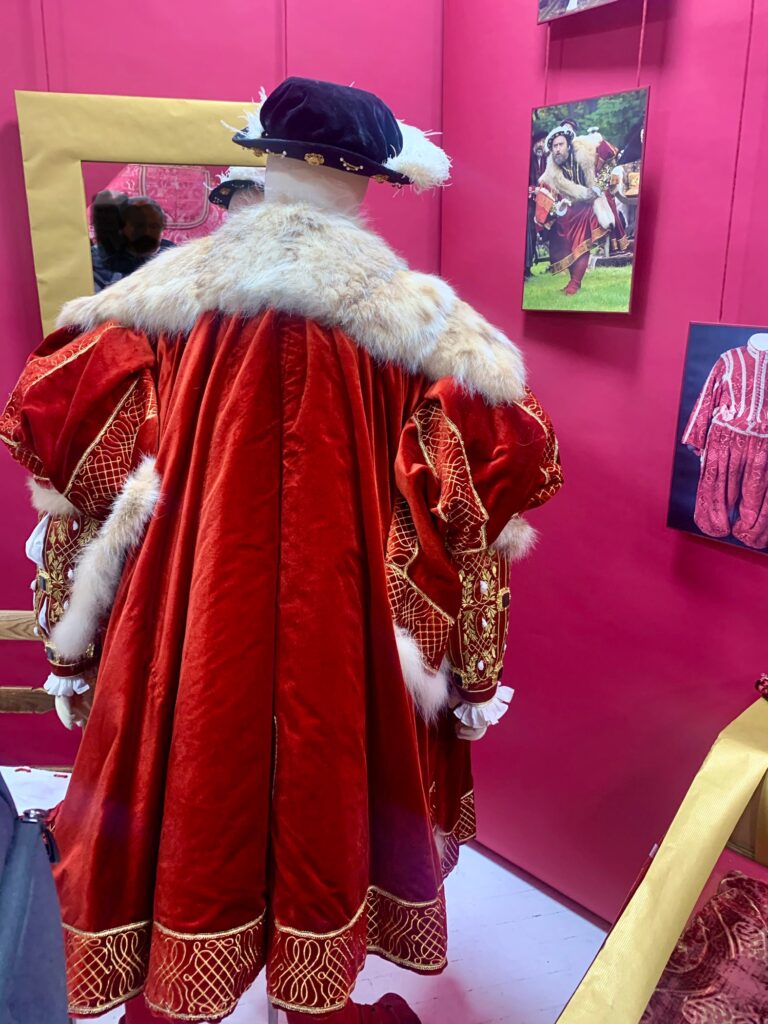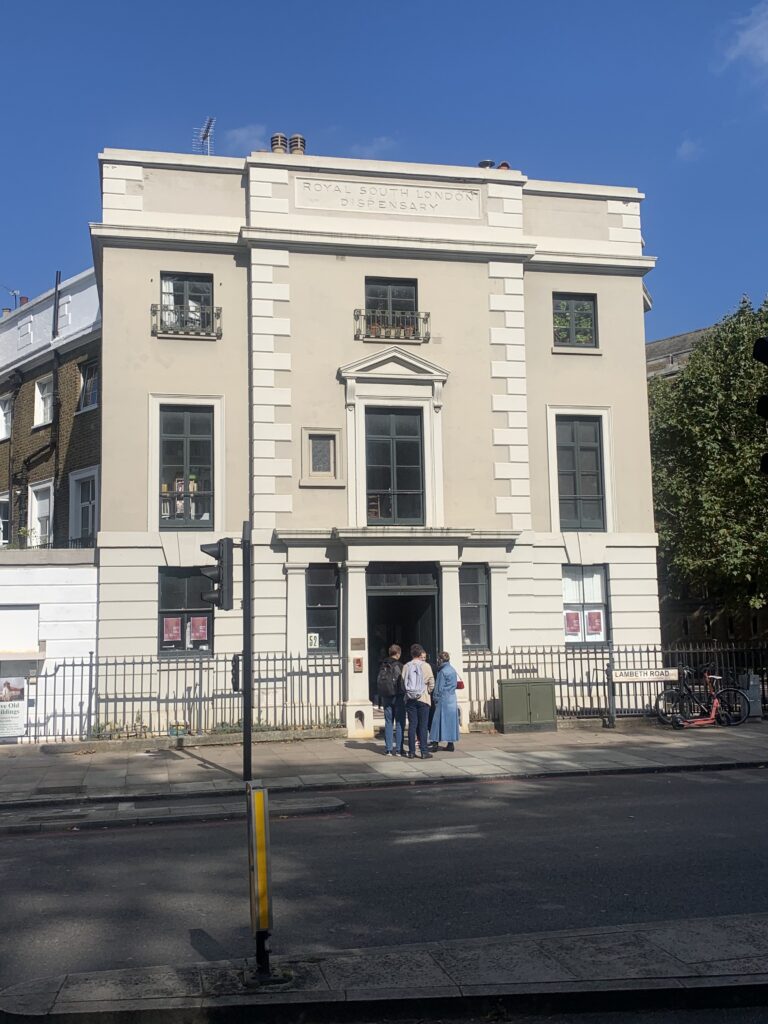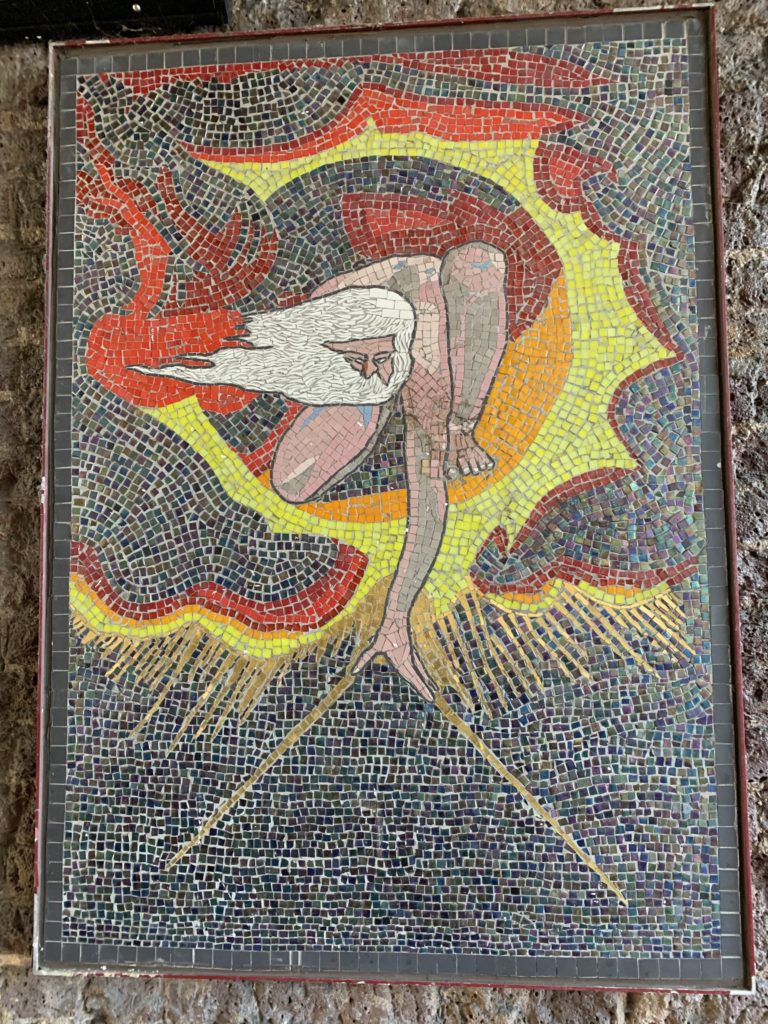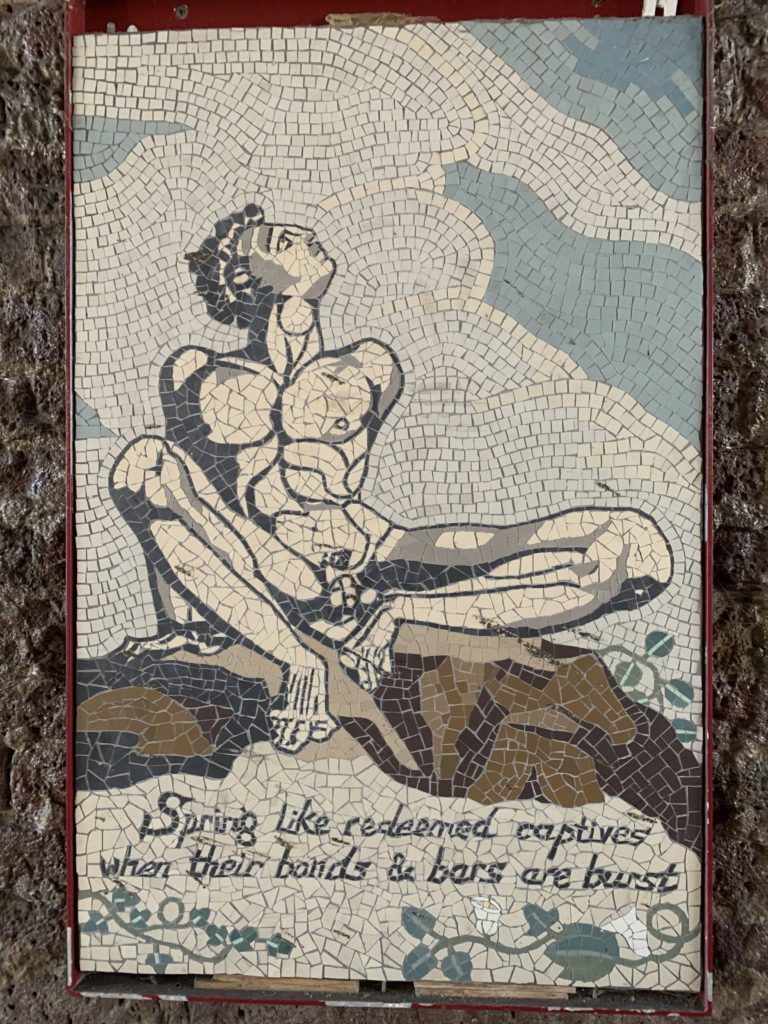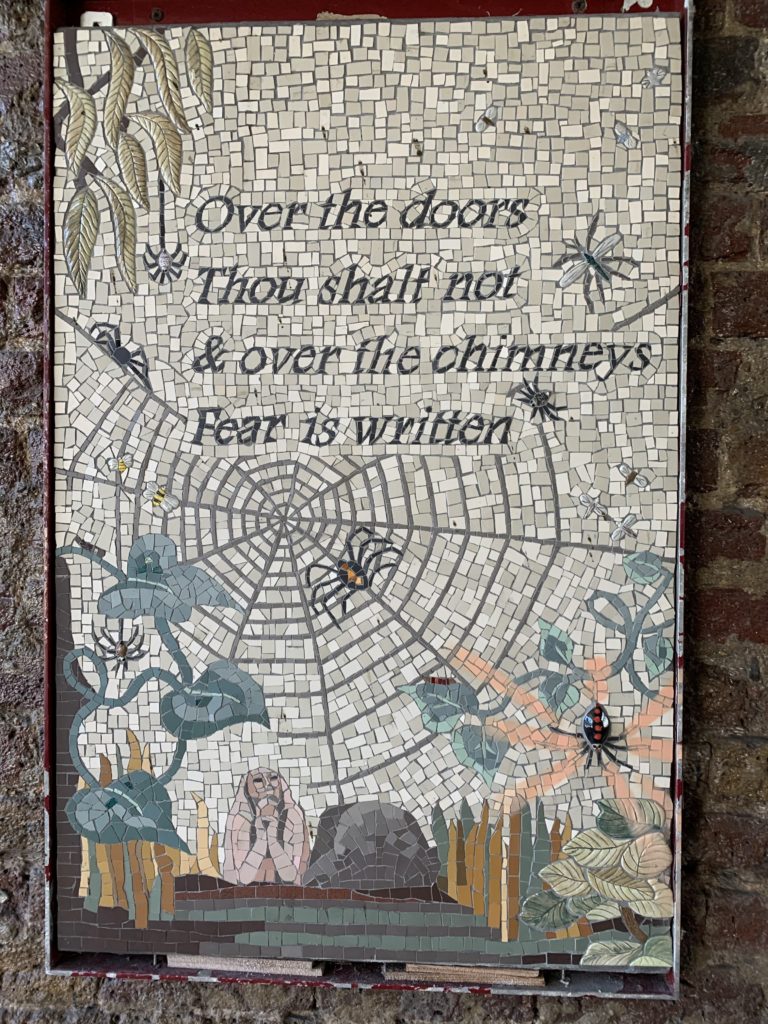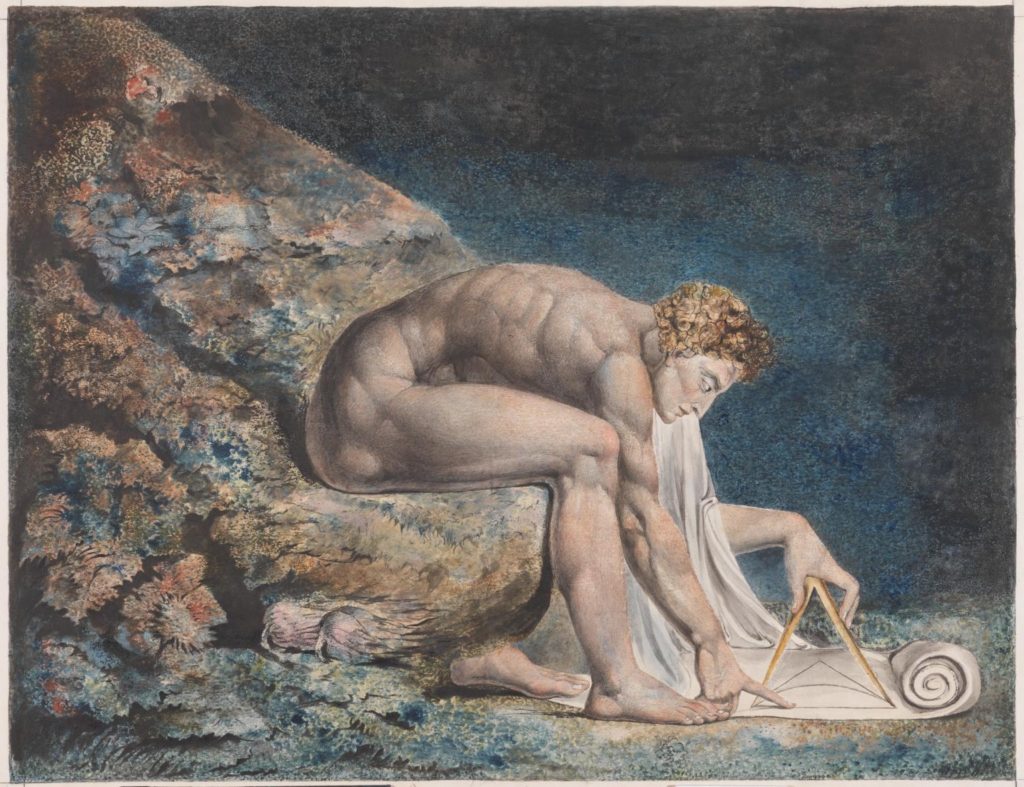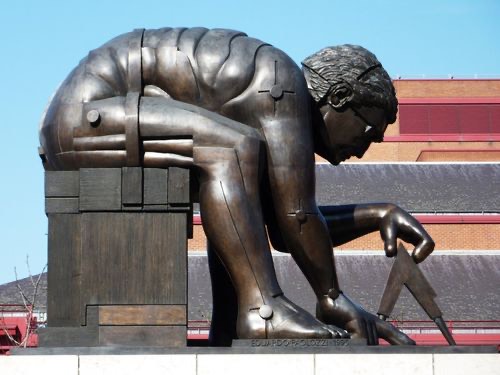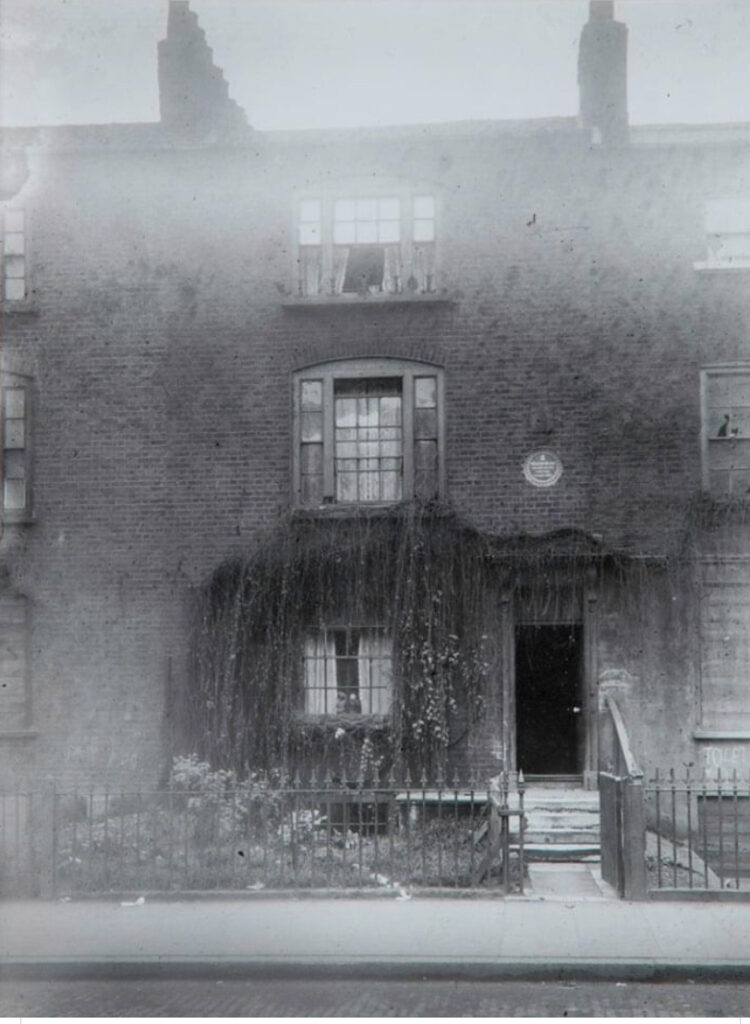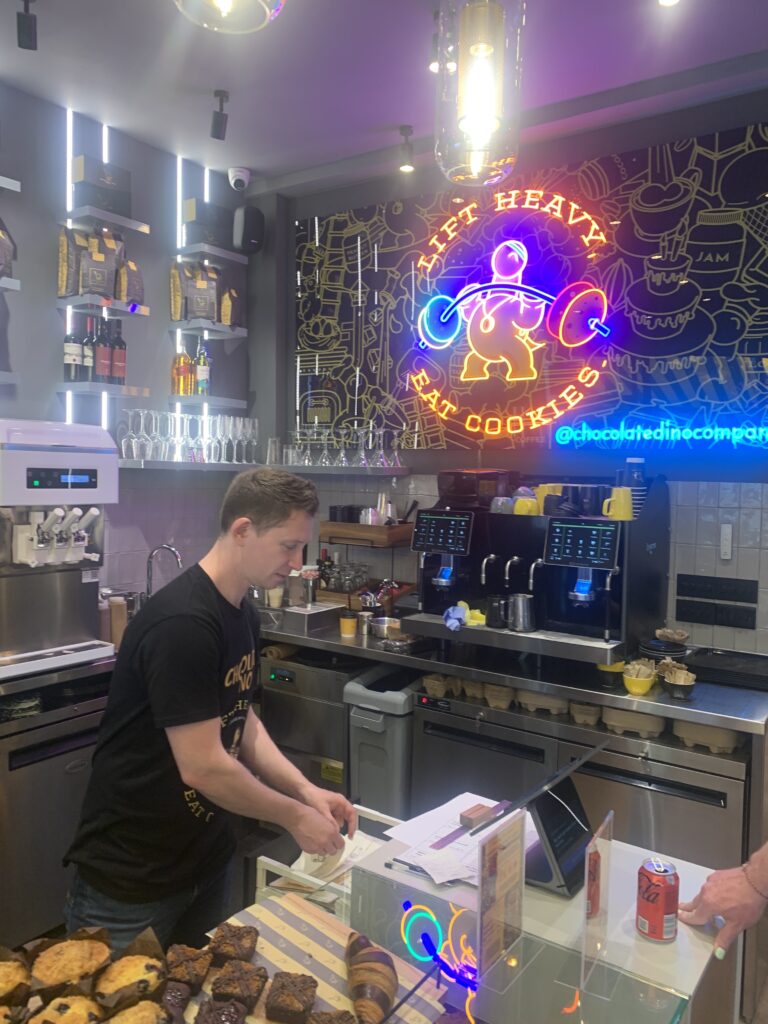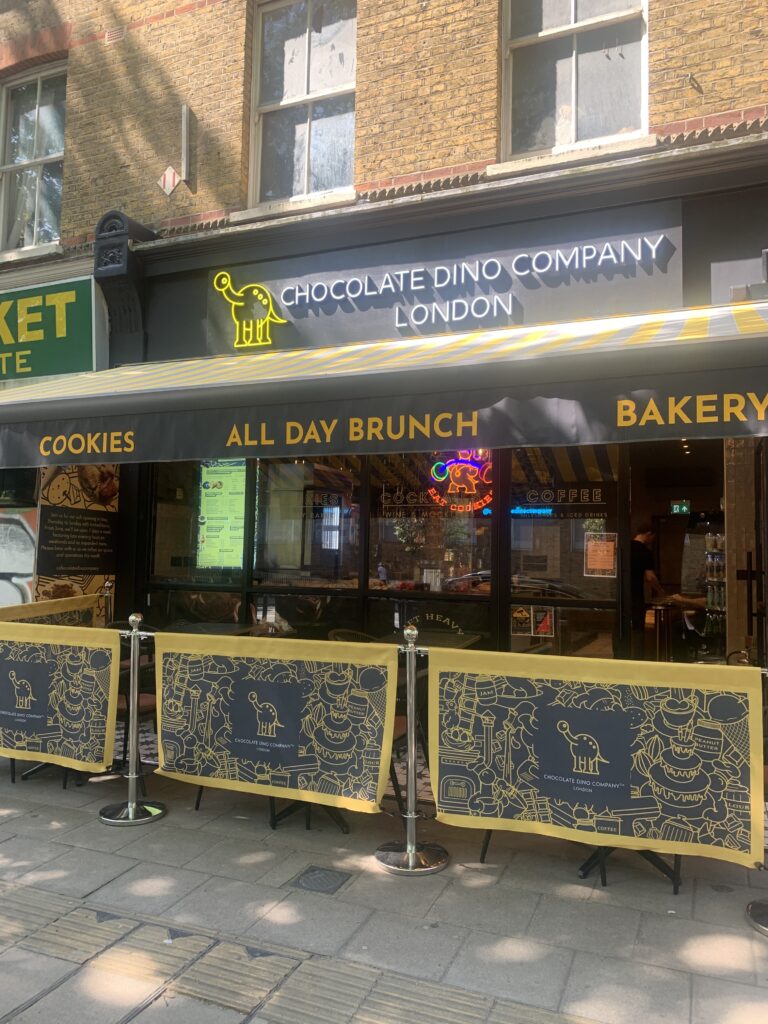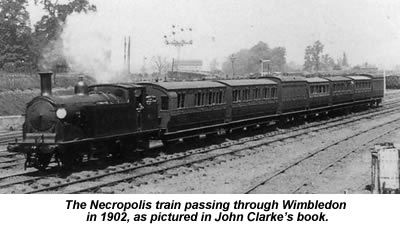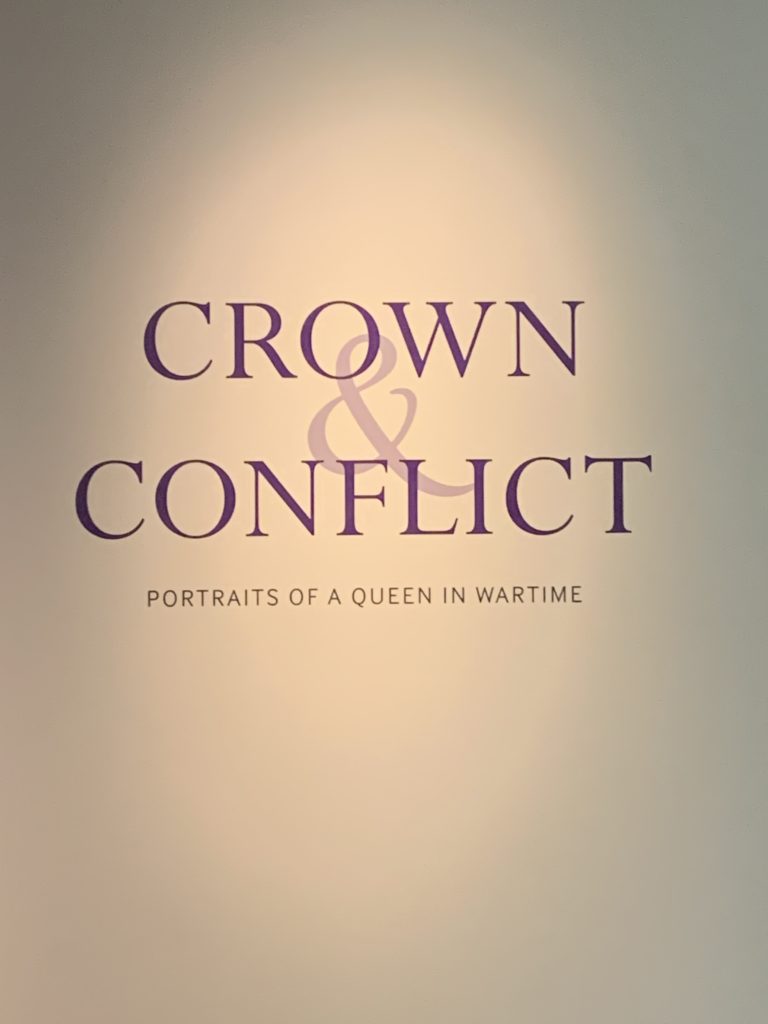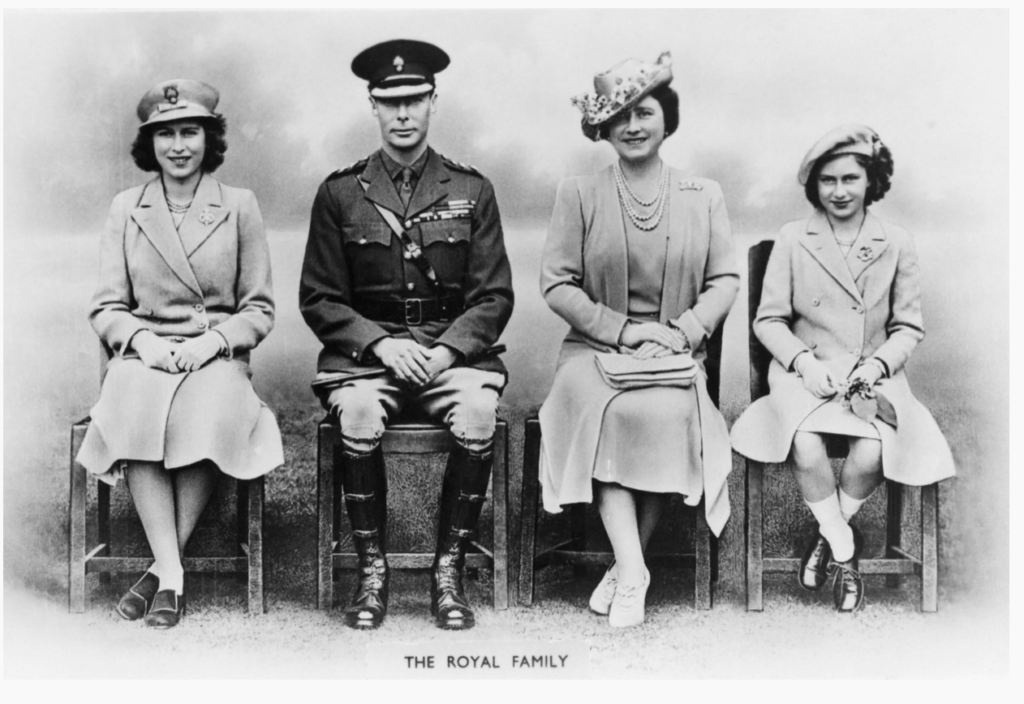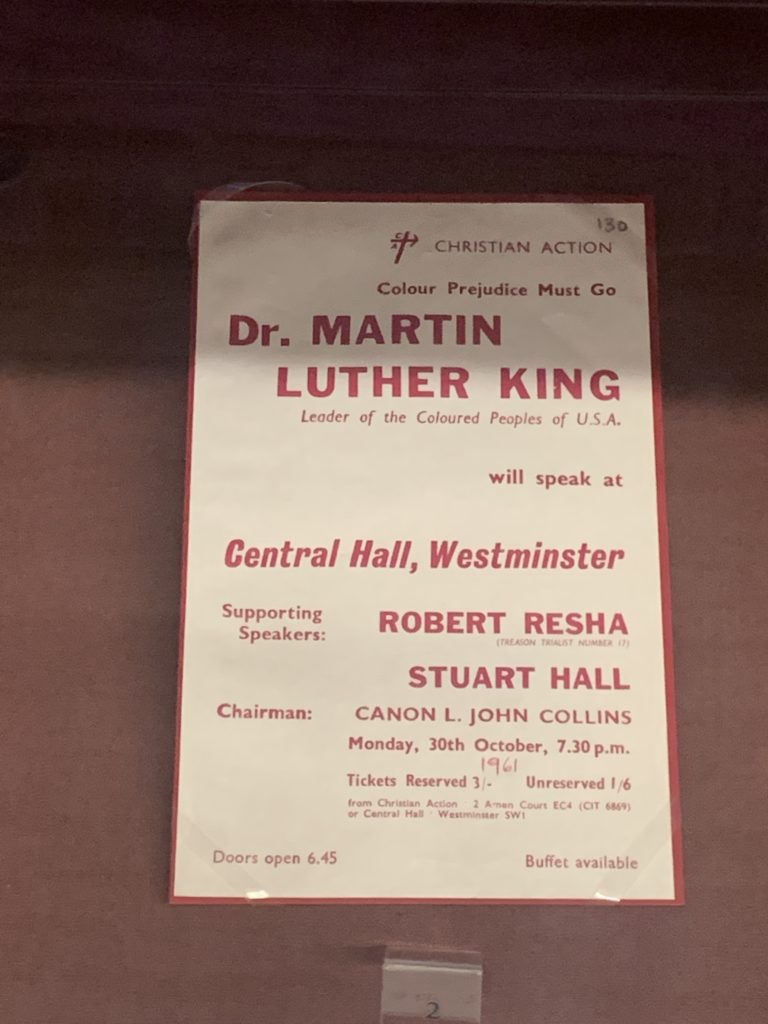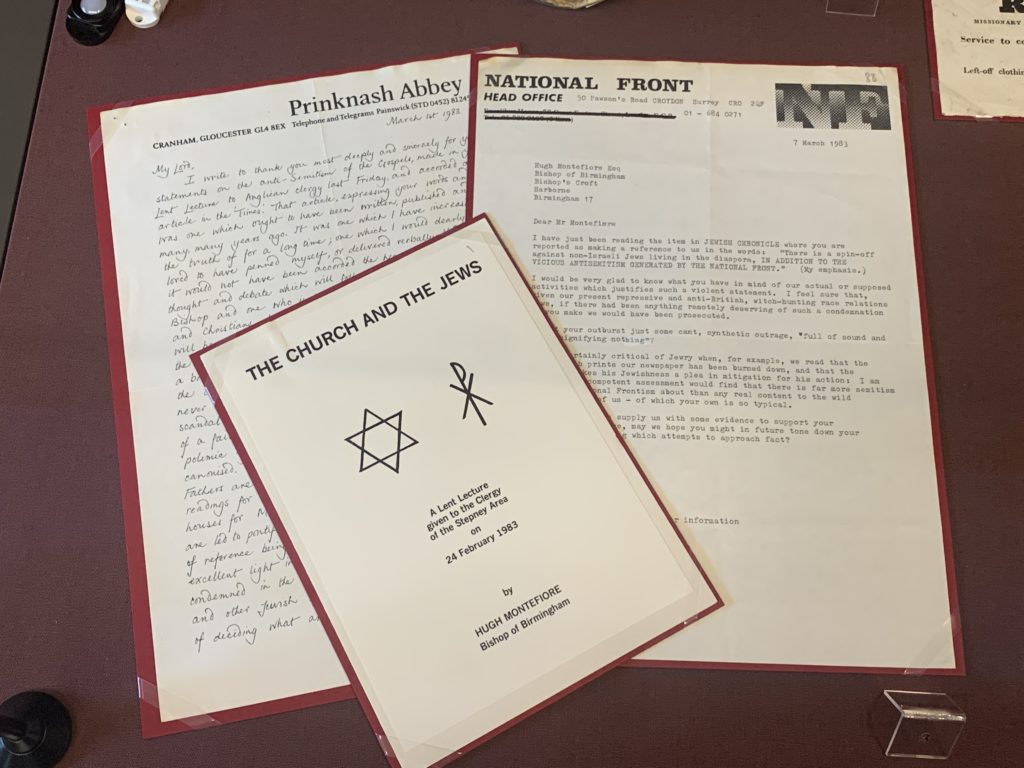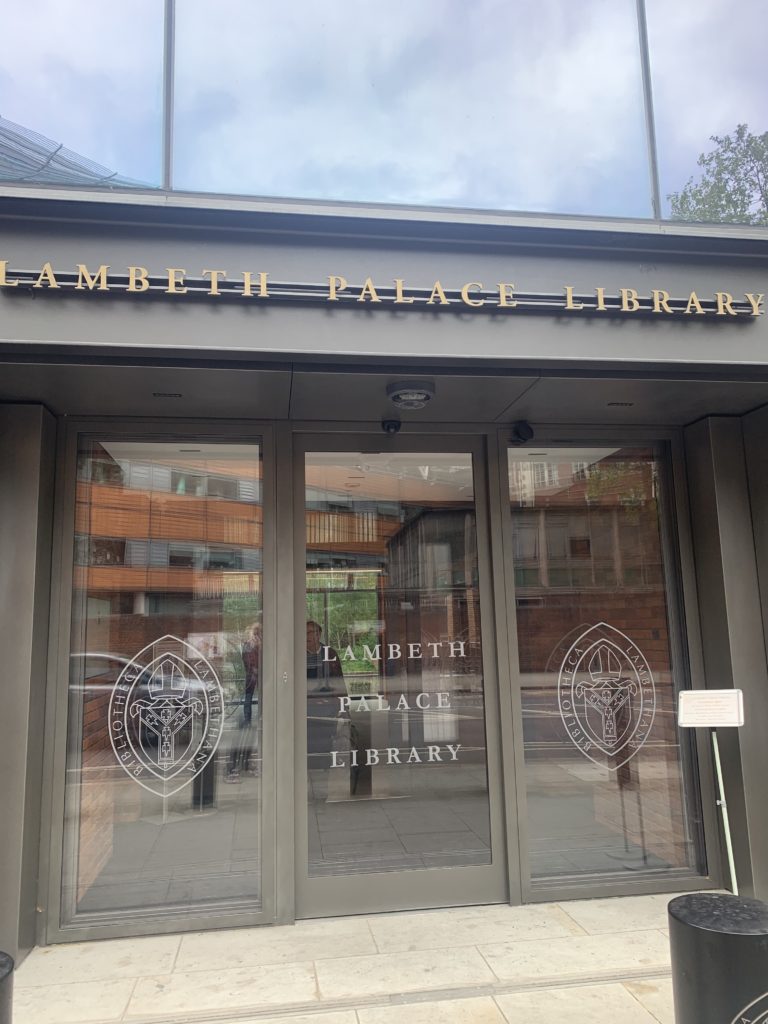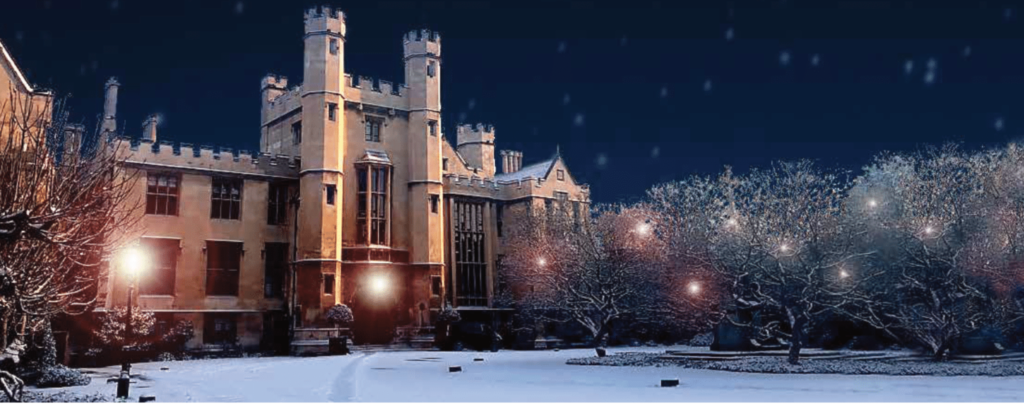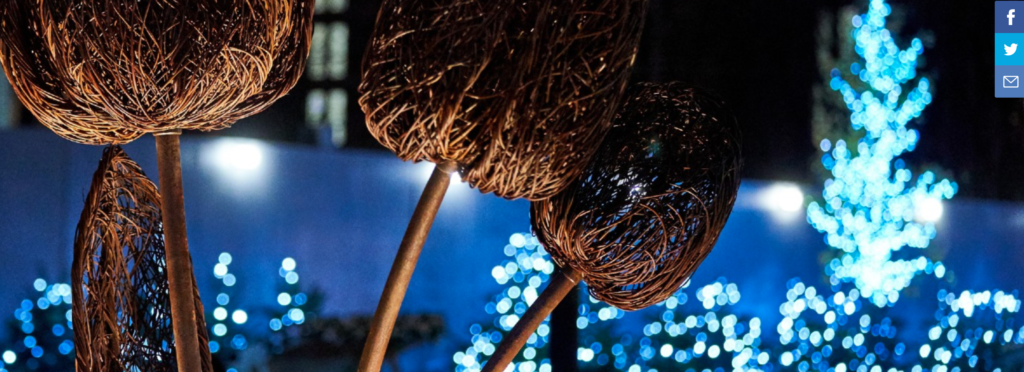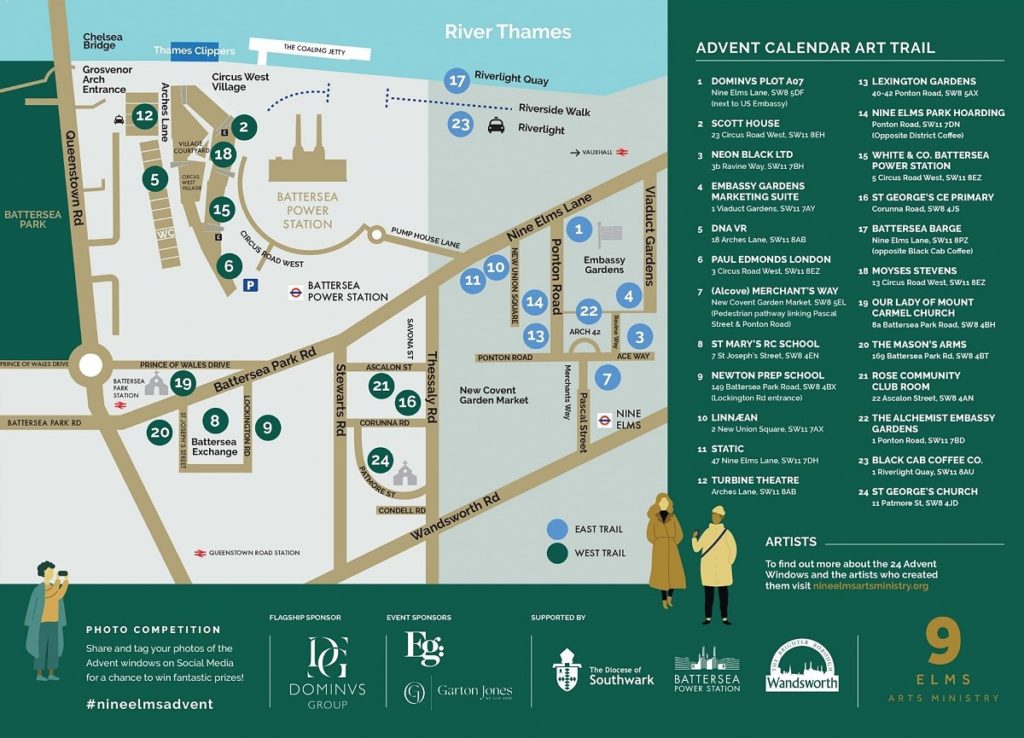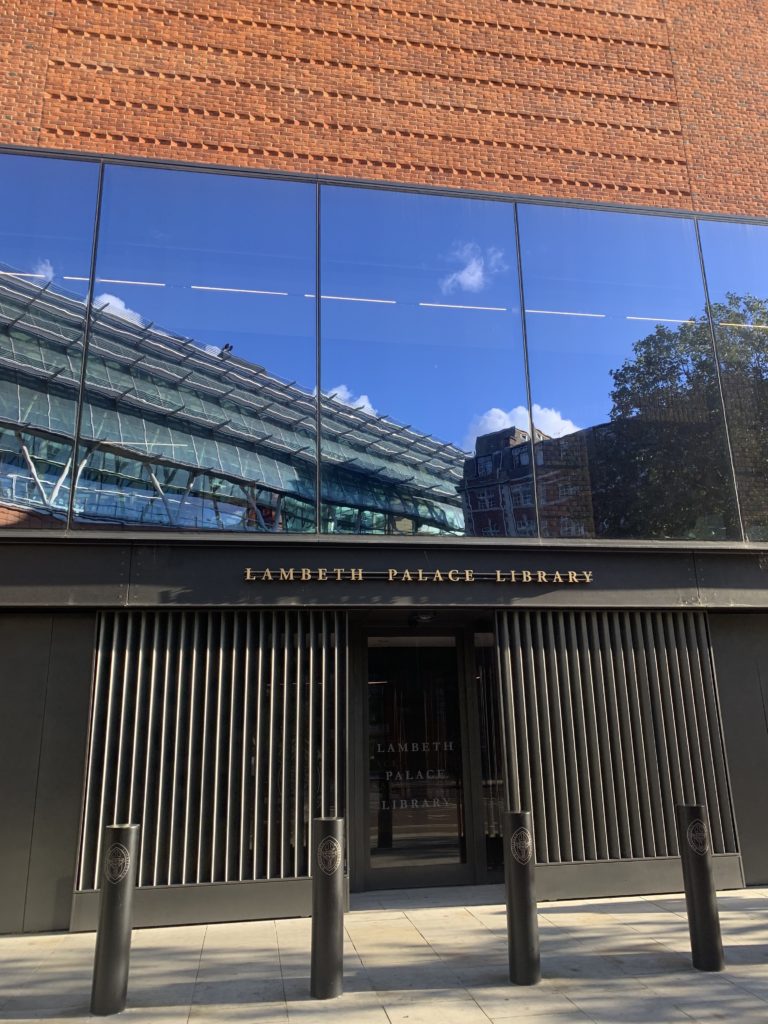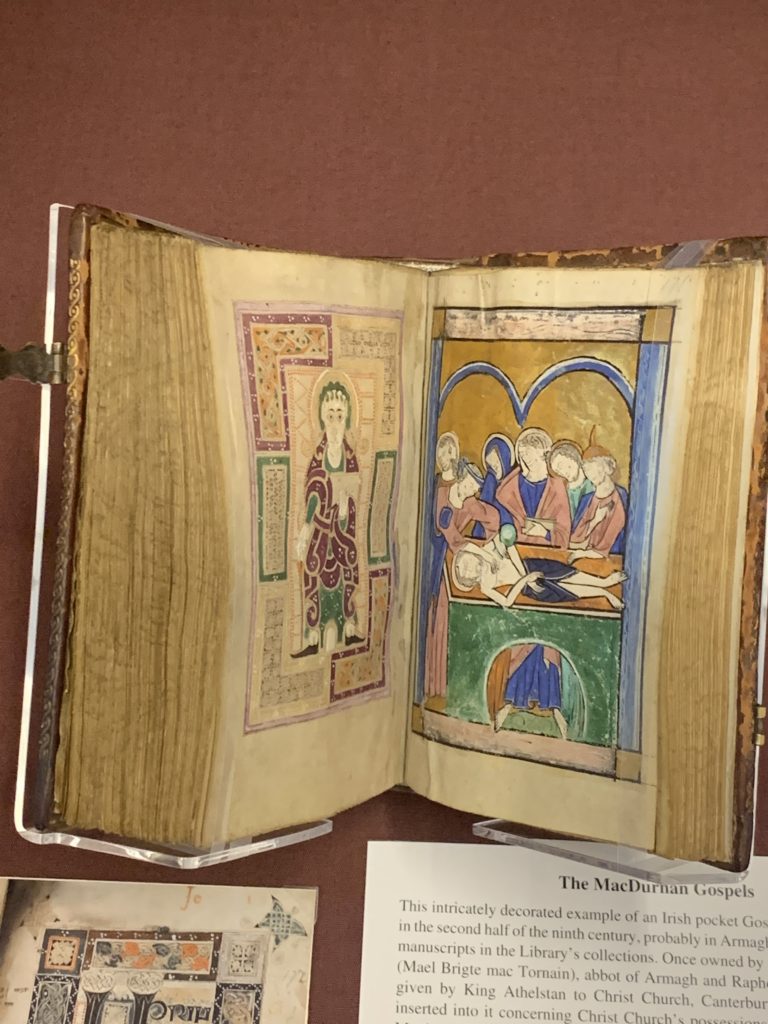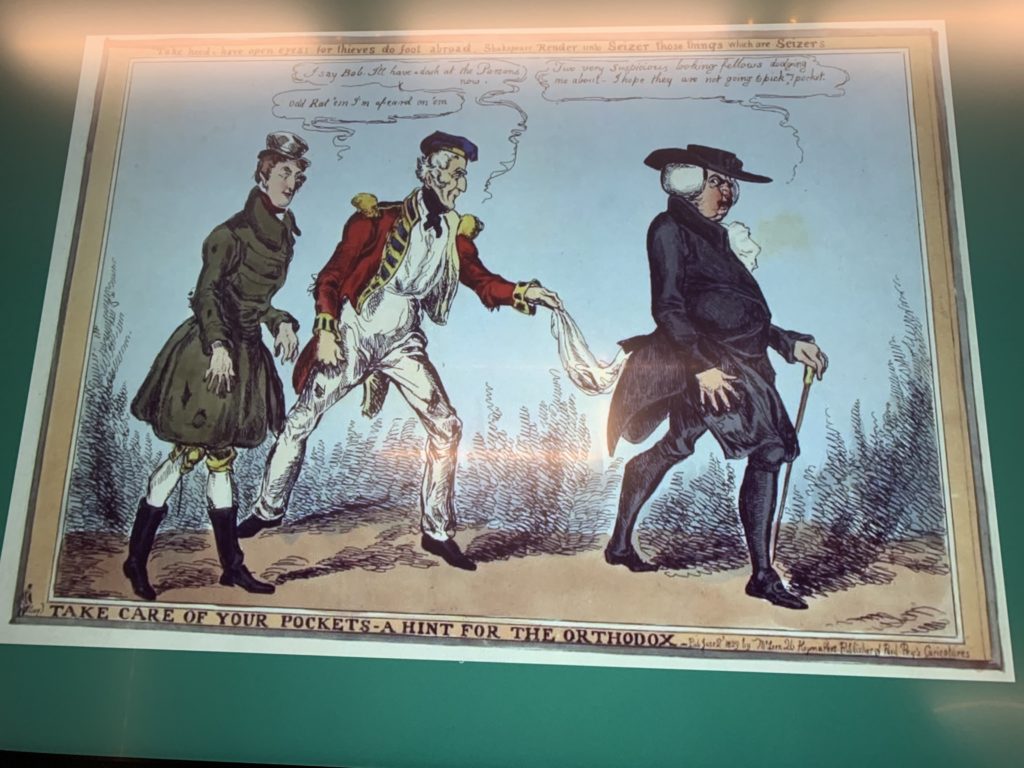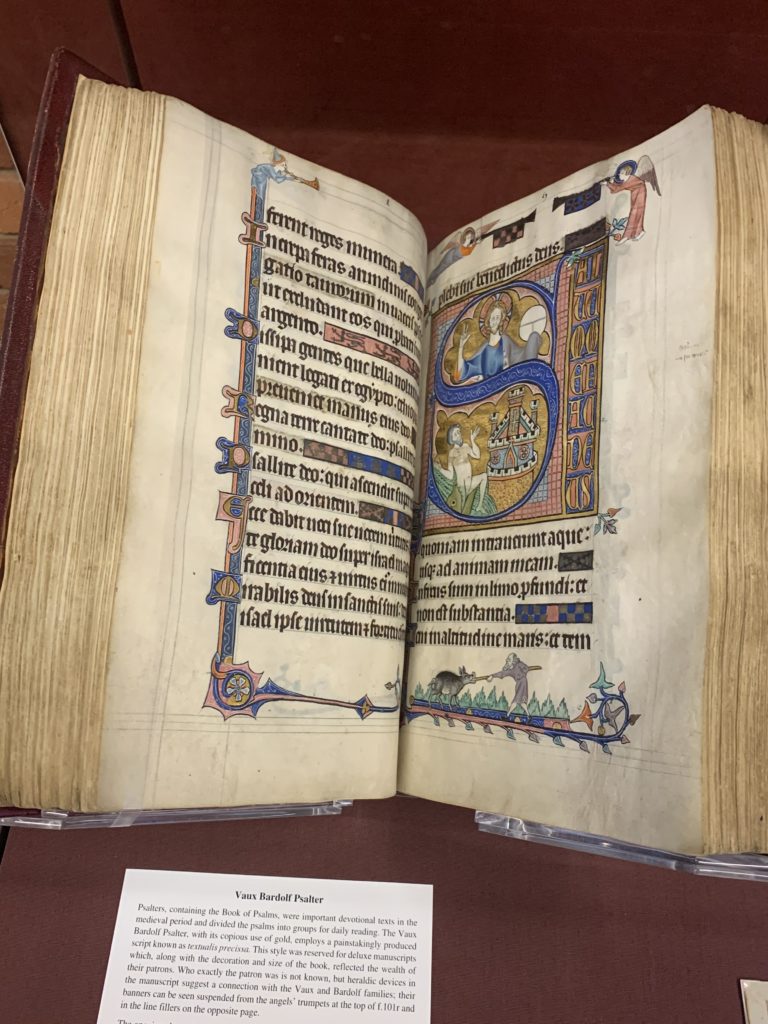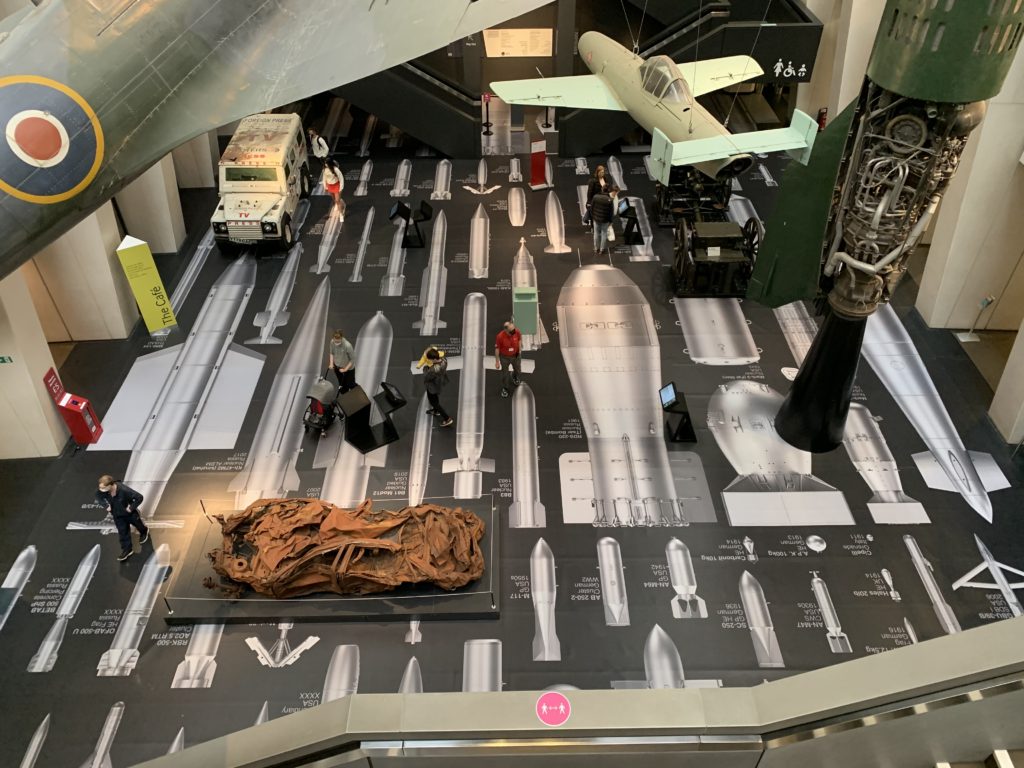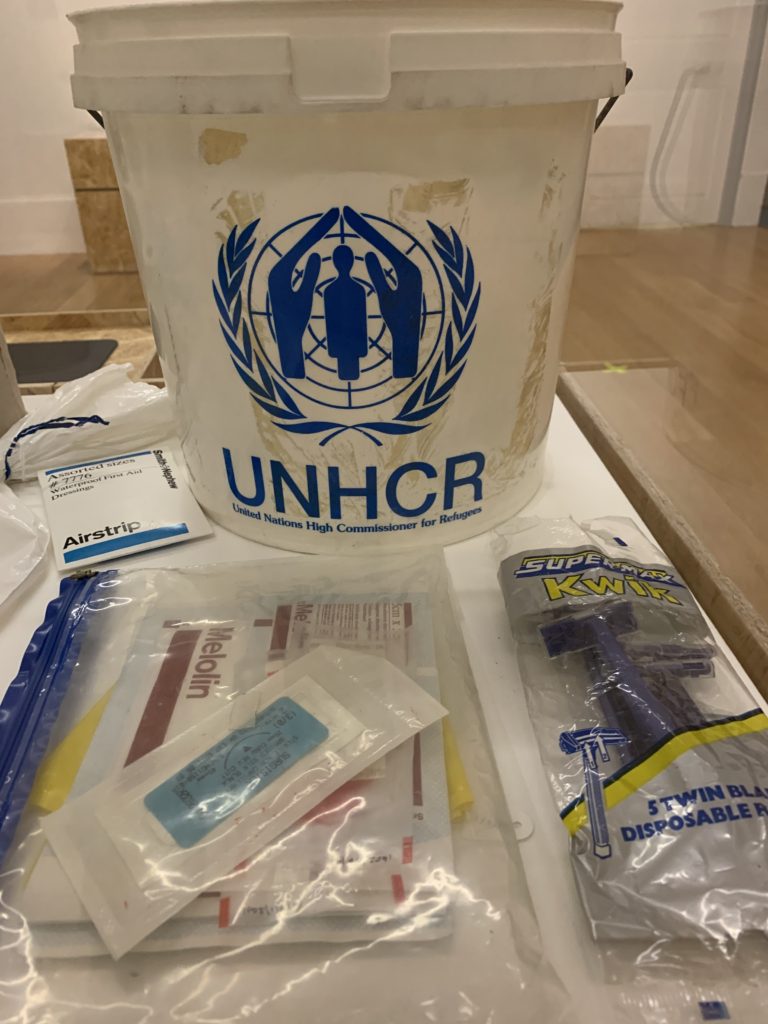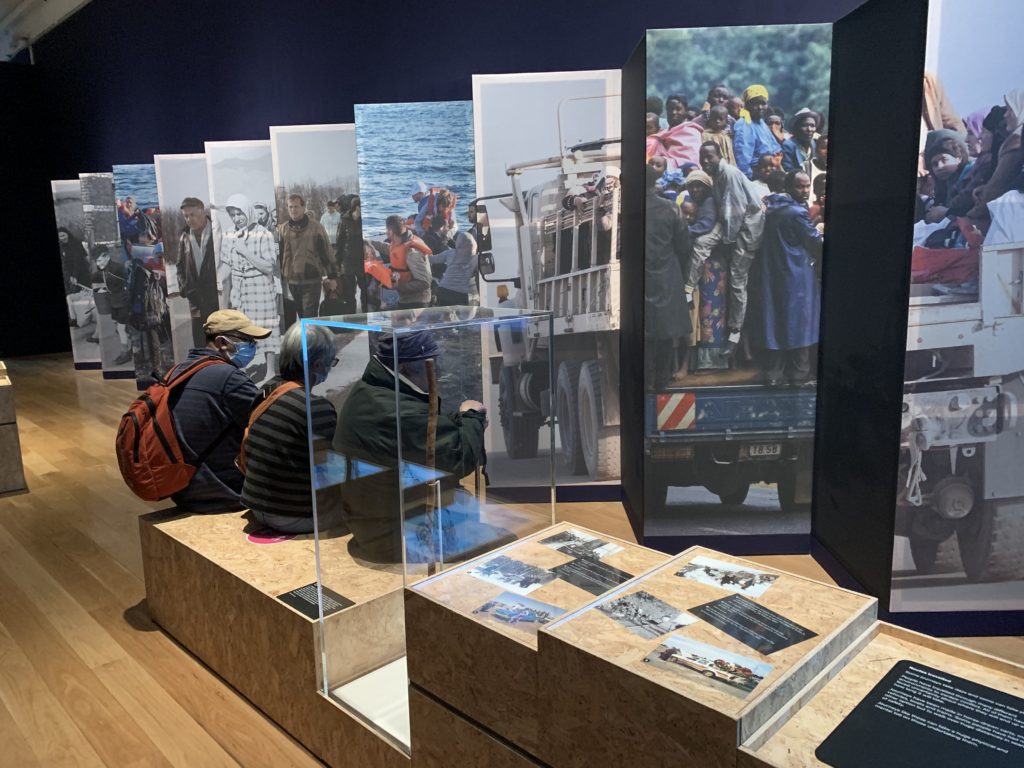Chocolate Dino Company is an independent bakery/sandwich joint/cocktail bar (whew) in Kennington Road. Owned by two local guys who live behind the place, we last visited Dino for a sweet treat during their embryonic opening days. Now that they’re established we’re revisiting for their savoury options….and of course to enjoy another giant cookie.

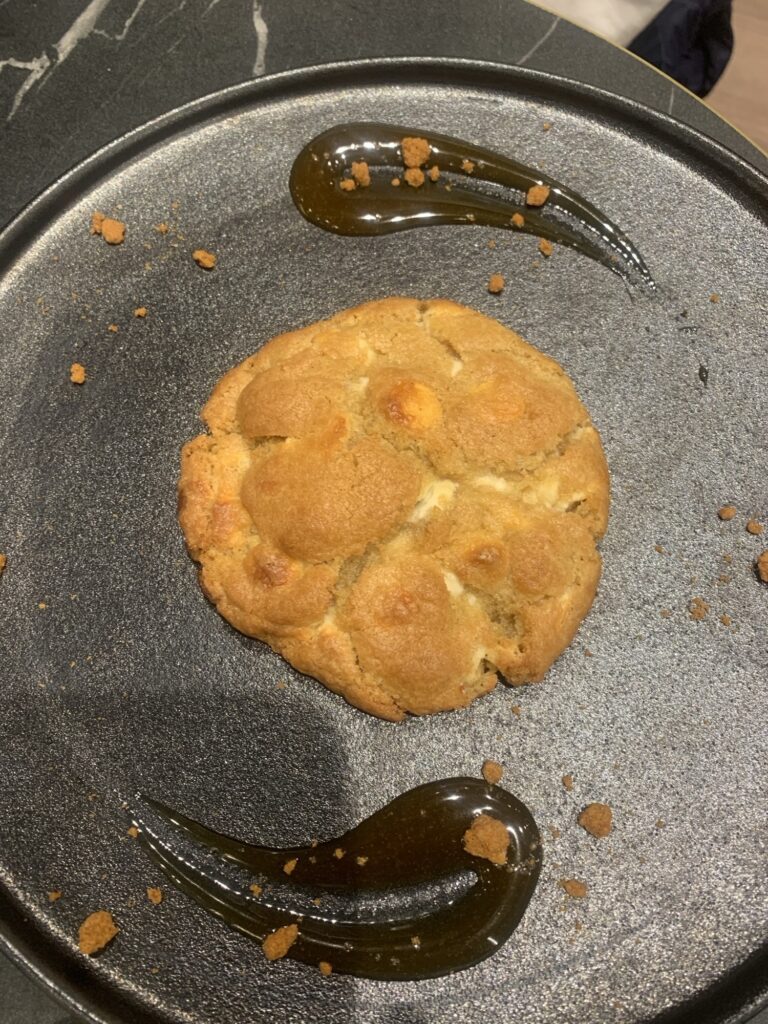
When entering their very stylish premises, what you initially encounter are voluminous offerings of croissants with various fillings, brownies, muffins, cookies, and things made to look vaguely healthy by the inclusion of a piece of fruit. But we were here for savoury fare, and Karen from Finance chose the bacon and egg bagel with cheese, which she excitedly chose to have toasted. It was presented with two omelette style eggs and the bacon was proper and crispy. The sauce was in a Dino manner properly inventive and involved sweet onion jam and Sriracha mayonnaise.
Your scribe enjoyed a pastrami bagel with caramelised onion, pickles, and a mustard/mayo sauce. It was generously stuffed and kept us going through the endless stream of faxes received later in the day. These particular bagels might not be available when you visit, but they will doubtless have other offerings and the boys can talk you through the options. And as we have the discipline of an unneutered cat, we of course had a white chocolate cookie with an strange looking yet delicious smear. Heated to perfection.
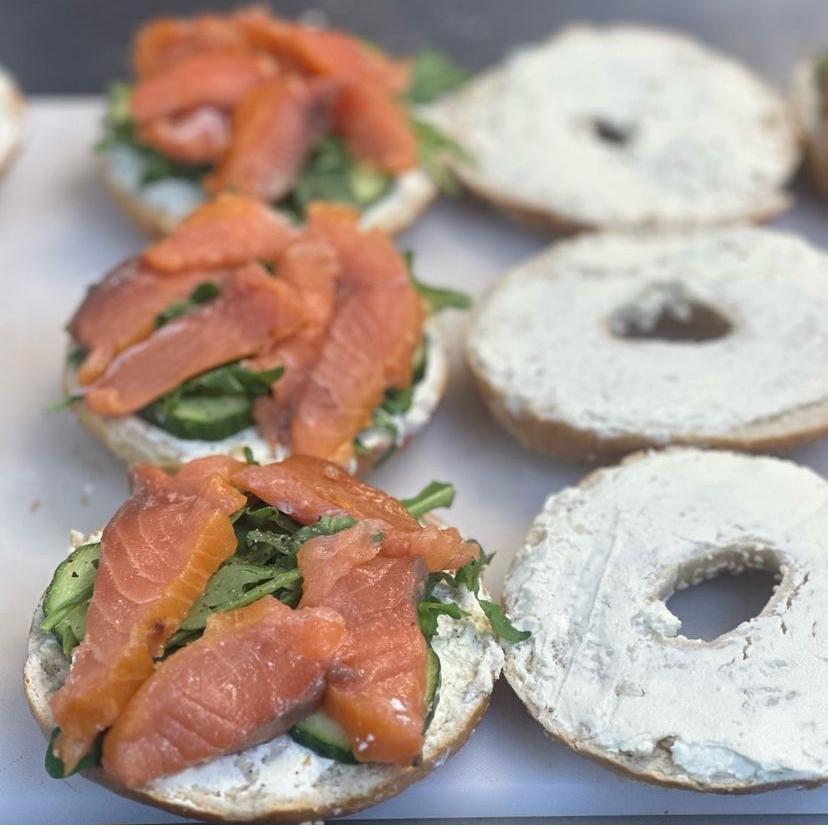
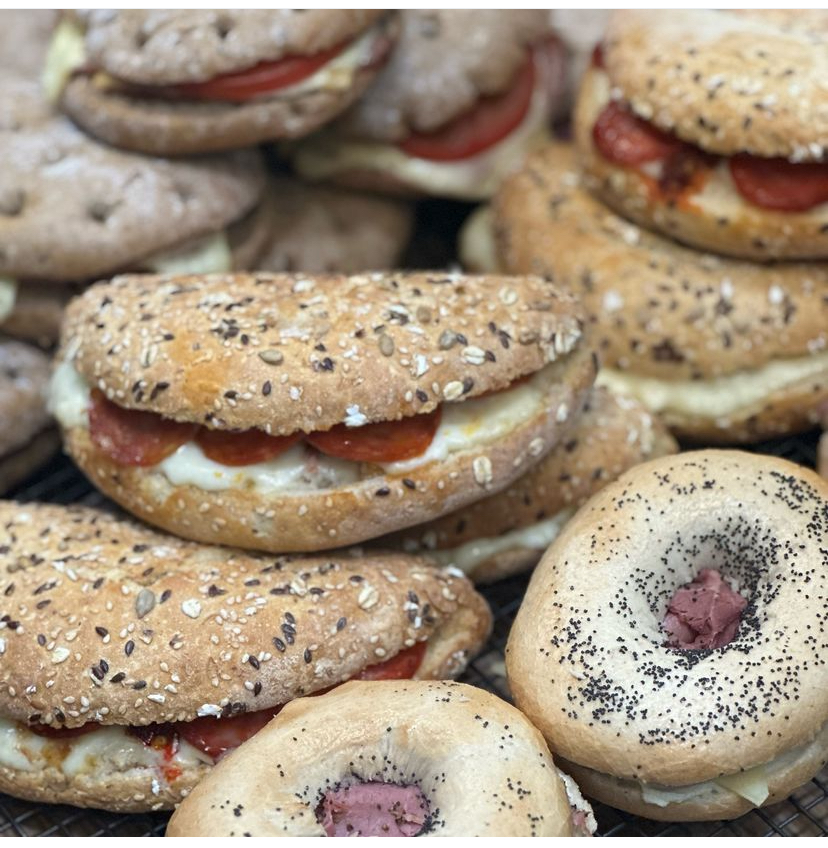
Dino is an independent bakery/restaurant/bar and they’re throwing everything they can to exist in a very crowded and increasingly uncompetitive market. Their price point for baked goods (£5 for an eat in cookie) puts them very much at the ‘gourmet’ end of the market, but you can easily pop over for a coffee or something at the lower end of their price spectrum. And in a way a trip to Dino can be quite efficient, as where else can you knock out two sins by eating a cookie and drinking a glass of wine at the same time?
Chocolate Dino Company is open Thursday to Sunday. Check out their socials for the precise timings.


